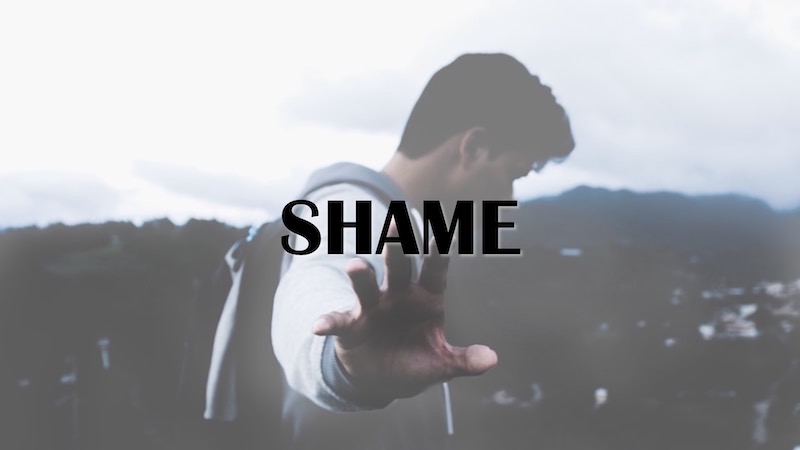Shame-based issues #1 – Self-harm
- 3 March 2017
- Posted by: Michael H Hallett
- Category: Shame ,

In other blogs I have written about how high sensitivity, anxiety, doubt, panic, low self-esteem and low confidence are a family of related feelings. Such feelings consequently give rise to a family of behaviours as a means of coping with them. These including panic attacks, binge drinking, eating disorders, addictions and self-harm.
These behaviours form part of the ‘false self’, a set of psychological coping mechanisms that develop in response to living a patriarchal society.
Of all these disorders, self-harm is perhaps the most difficult to deal with. This is because of the direct physical damage its sufferers inflict on themselves. While other behaviours in this family are more abstract — someone who is having lunch may be nourishing themselves, but they may also be over-eating — the tell tale scars of self-harm are more direct and visceral.
Self-harm has risen exponentially in recent decades. A 2002 survey reported that 6.9% of 15-year-olds had self-harmed in the previous year. However, a 2014 survey by the World Health Organisation indicated that the rate had risen to 20%. While self-harm is largely a female preoccupation, the incidence amongst males continues to rise.
Talking self-harm
Yet the general attitude remains one of wanting to sweep the issue under the carpet. This attitude even extends to those charged with the wellbeing of adolescents. ‘Talking Self-harm’, a report by YoungMinds, quotes a Child Protection Officer as saying that most teachers at their school “wouldn’t have any idea of how common it is. We’re really careful to prevent that kind of thing leaking out”.
This self-imposed silence — this omertá, to borrow the mafia phrase for things that are better kept quiet about — is no doubt well-intended. But it only increases the pressures, difficulties and sense of isolation of those who self-harm. In a society that prides itself on its ability to help others, why this sudden reticence when it comes to self-harm?
The clue lies in the quote: “that kind of thing”. When a health professional uses a phrase that is not only vague but suggests queasiness and unease with the subject, something’s going on beneath the surface.
That something is shame.
Self-harm and shame
This is not the twinge of embarrassment we feel when we forget to lock the bathroom door and somebody enters. This is a deep-seated, permanent sense of unworthiness that relates specifically to our body, our emotions and our sexuality. I term it ‘unconscious shame’ and have written about it in various blogs including What is unconscious shame?, What is generational trauma?, A brief history of shame and What are shame-based issues?
One self-harmer described how they hated the region between their genitals and their breasts. They wished that part of their body did not exist.
Self-harm can be considered as an attack upon the body for the emotional pain that it causes the sufferer. In Jan Sutton’s Healing the Hurt Within, one self-harmer described how they hated the region between their genitals and their breasts. They wished that part of their body did not exist. Unconscious shame — and the feelings and behaviours it gives rise to — always cycles around the body, the emotions and sexuality.
It’s worth noting that this shame doesn’t just affect those who self-harm or have other shame-based issues. It extends to the whole of society, as shown by the Child Protection Officer’s reticence to name or discuss the issue. In other words, unconscious shame is institutionalised throughout society. Consequently, the general desire is to sweep shame-based issues under the carpet.
It is not the purpose of this post to go into great detail about what self-harm is or the many coping strategies that can be used to manage it. The key to long-term recovery from self-harm lies in recognising and acting on the unconscious shame that underlies it.
Next steps
For further resources on shame, both free and paid, please click on this image.

